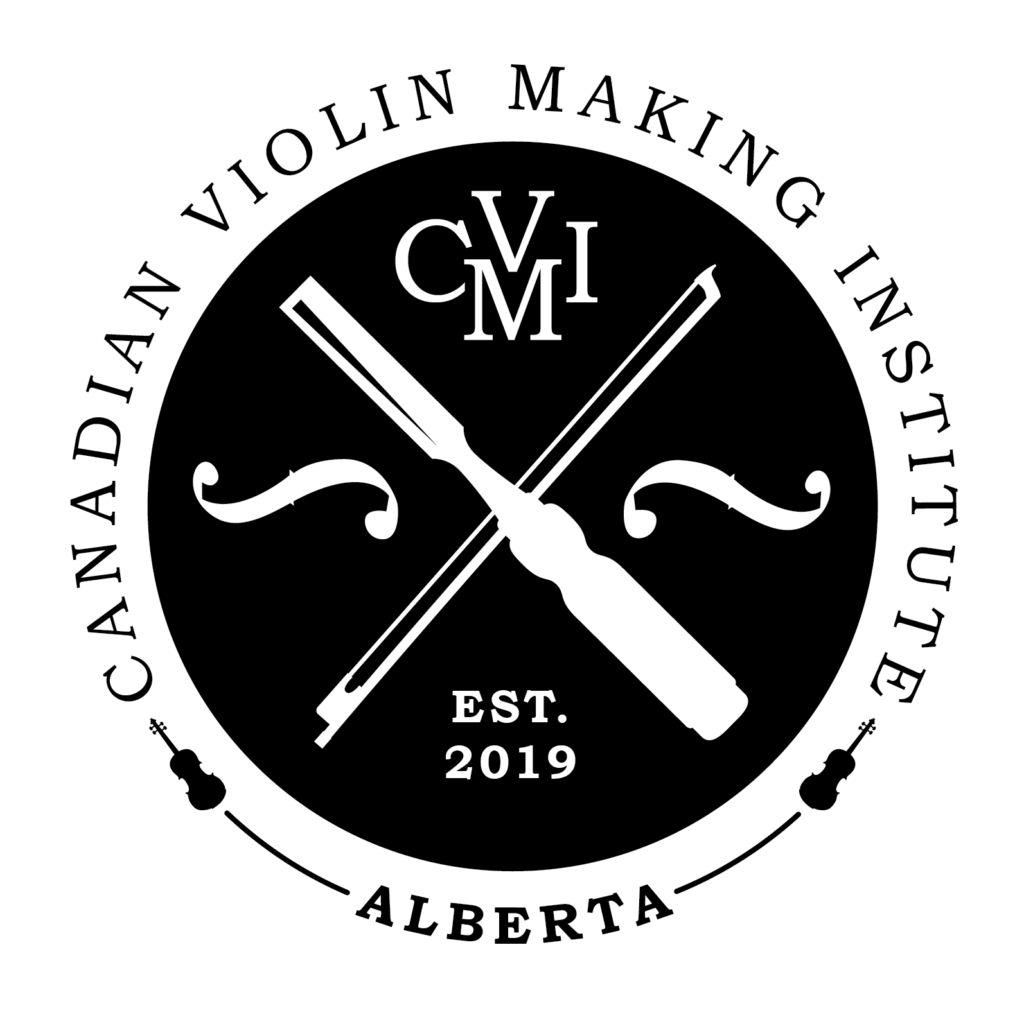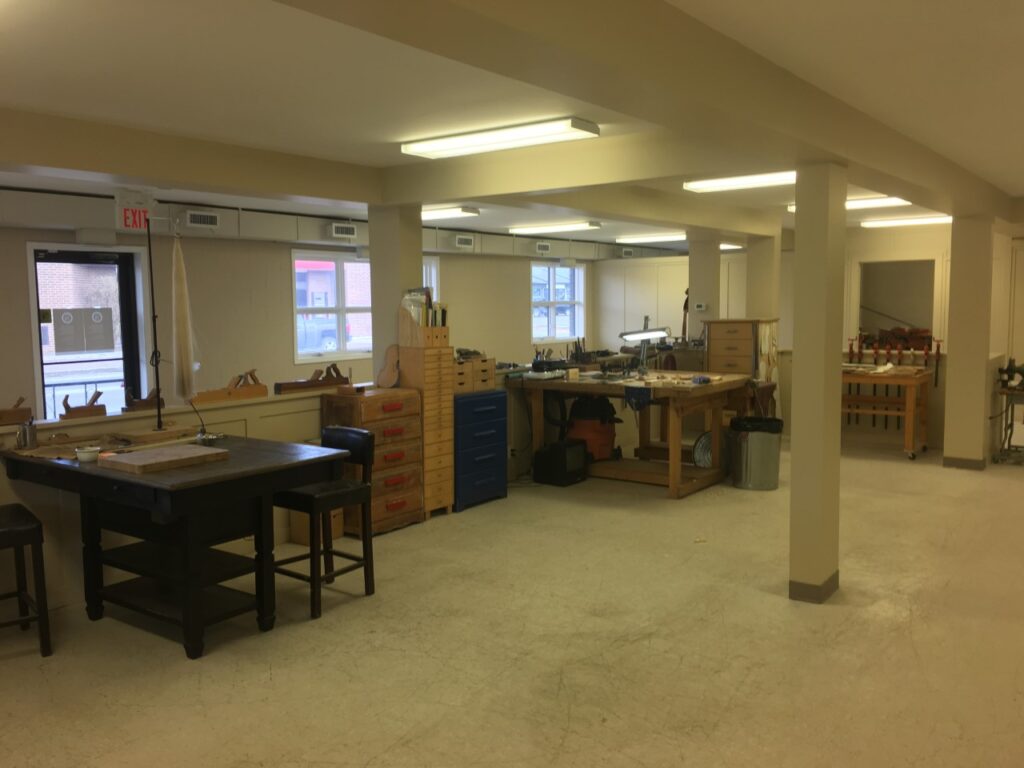
3-Year Apprenticeship Program

Program
The Canadian Violin Making Institute offers exceptional programming and instruction for aspiring Canadian and international luthiers.
3-Year Apprenticeship Program
- September – May
- Institution hours: 8-3 Mon-Fri
- Total cost: $43,200 ($14,400 per year)
- Mount Royal University Cont.Ed. Online Management Diploma (optional, but highly recommended).
- Music lessons on an as-needed basis (individual responsibility)
About the program…
- Construct 7 instruments (5 violins, 1 viola, 1 cello) – See note below *
- Hand tool construction
- Varnish making
- Materials science
- Forestry studies (harvesting, rendering, curing)
- Art
- Music studies (violin, viola or cello): if required
- * NOTE: Students retain ownership of their first and last instruments, for which they supply materials. The CVMI retains ownership of the middle five, for which it provides materials.
Skills Taught
- Hand-eye coordination
- Hand tool skills (knives, planes, chisels, gouges, files, reamers, scrapers, etc.).
- Sharpening
- Power tool use, safety and maintenance
- Varnish making
- Tool making
- Jig design and creation
- Mould and counter-form design and creation
- Purfling making
- Draftsmanship
- Instrument construction
Program Outcomes
Provide exceptional instruction by helping the student to:
- Develop the skills of an employable entry level professional violin maker.
- Learn all the tool skills required to construct instruments at an internationally acceptable level (results will vary depending on individual inputs and strengths).
- Develop an eye for form and style.
- Be exposed to current acoustics studies and measuring systems for instruments.
- Be in contact with current professional players and teachers
- Develop an understanding for the desired tonal and aesthetic requirements of the violin family.
- Develop attention to detail as it pertains to the various classical styles of making.
- Learn about violin making history and regional influences.
- Develop an understanding for the physical characteristics and tonal properties of a variety of wood species as related to growth conditions, DNA, harvesting, curing methods and rendering.
- Understand ergonomics of instrument design.
- Understand tonal relations to design characteristics (arching, outline, sound hole placement, string heights and tensions, etc.).
- Facilitate different playing styles through optimized instrument set up.
- Understand string and rosin characteristics, and their affects on playability.
- Understand temperature and weather quality on playability and structural stability.
- Repair and maintain instruments at an acceptable professional standard.
- Conduct themselves within the boundaries of good business and interpersonal ethics.

